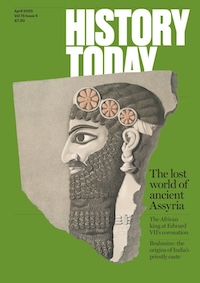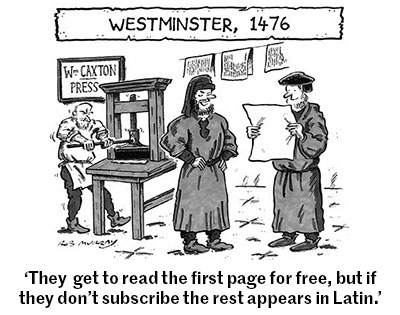Concorde: Flight of the Imagination
Wracked by industrial decline, Britain and France embraced the world’s first supersonic airliner: Concorde.

In December 1971, around the coast of Britain and in the south of the country, people could look up to see the test flights of Concorde, the world’s first supersonic passenger aircraft. With its elegant ‘slender delta’ lines it was as though the Skylon sculpture from the 1951 Festival of Britain or a Dan Dare spaceship had taken to the air capable of flying at twice the speed of sound. It was truly the shape of the future – and that was part of its problem.
The challenge for which Concorde was the solution was a commercial one: the US had come to dominate the civil aviation market and the main European manufacturers, Britain and France, were eager to recover the initiative and create the next phase in aircraft development. As Sir Philip Jones, director general of the Concorde project from 1971-73, later characterised it:







